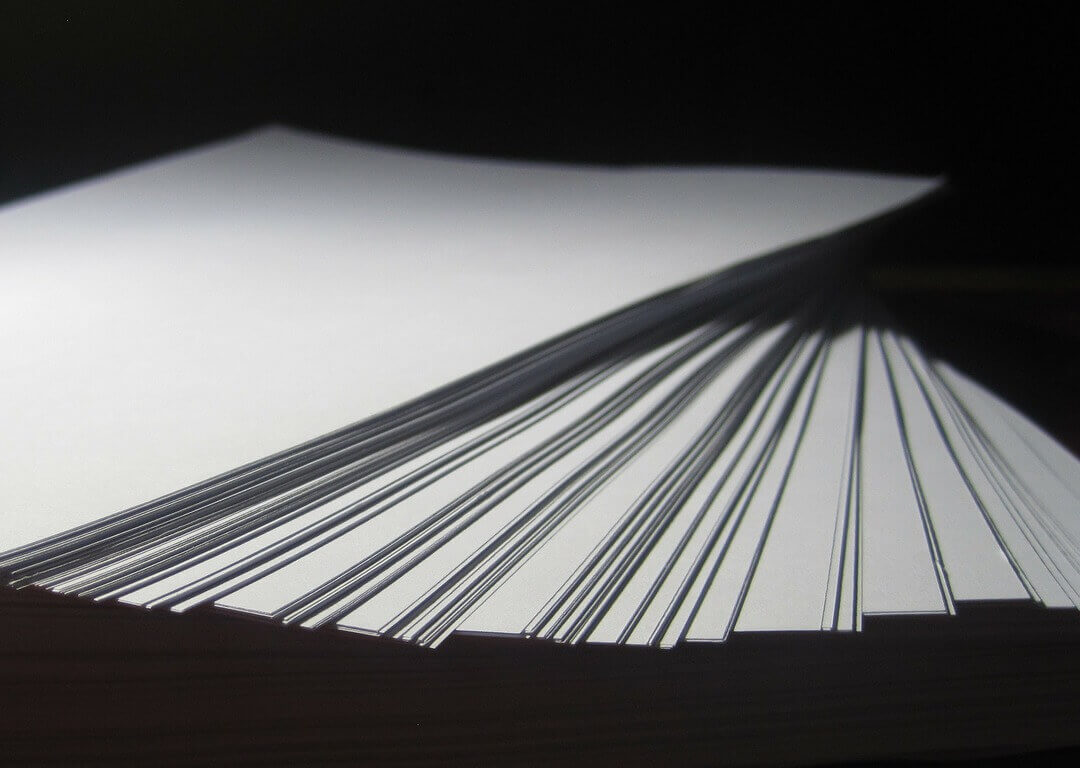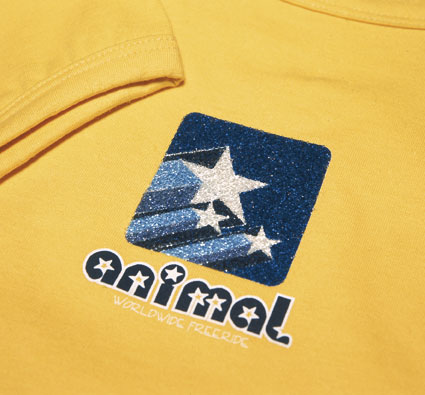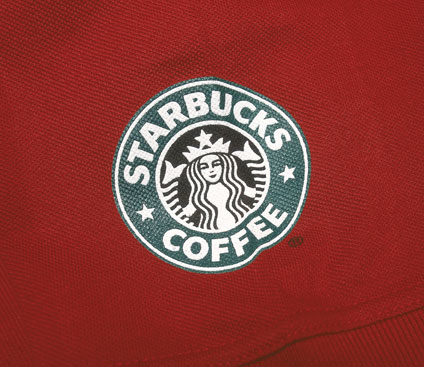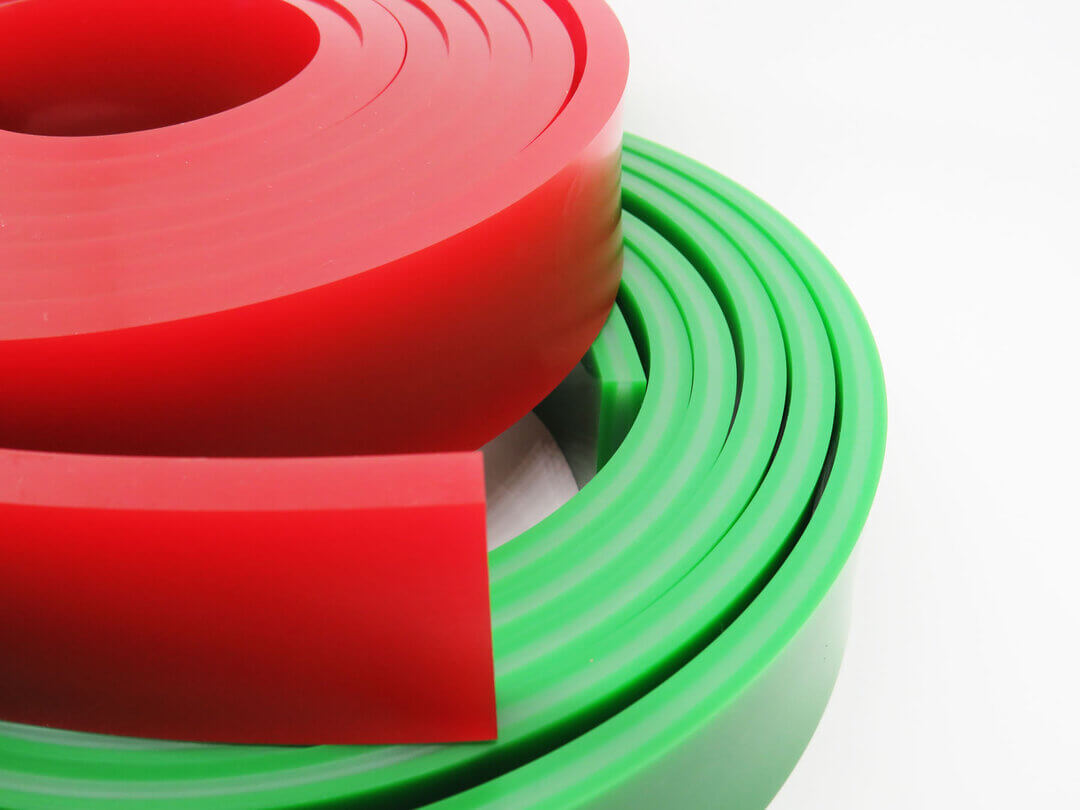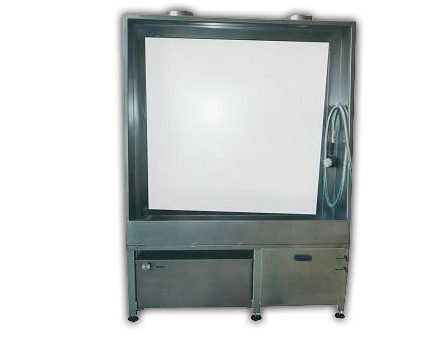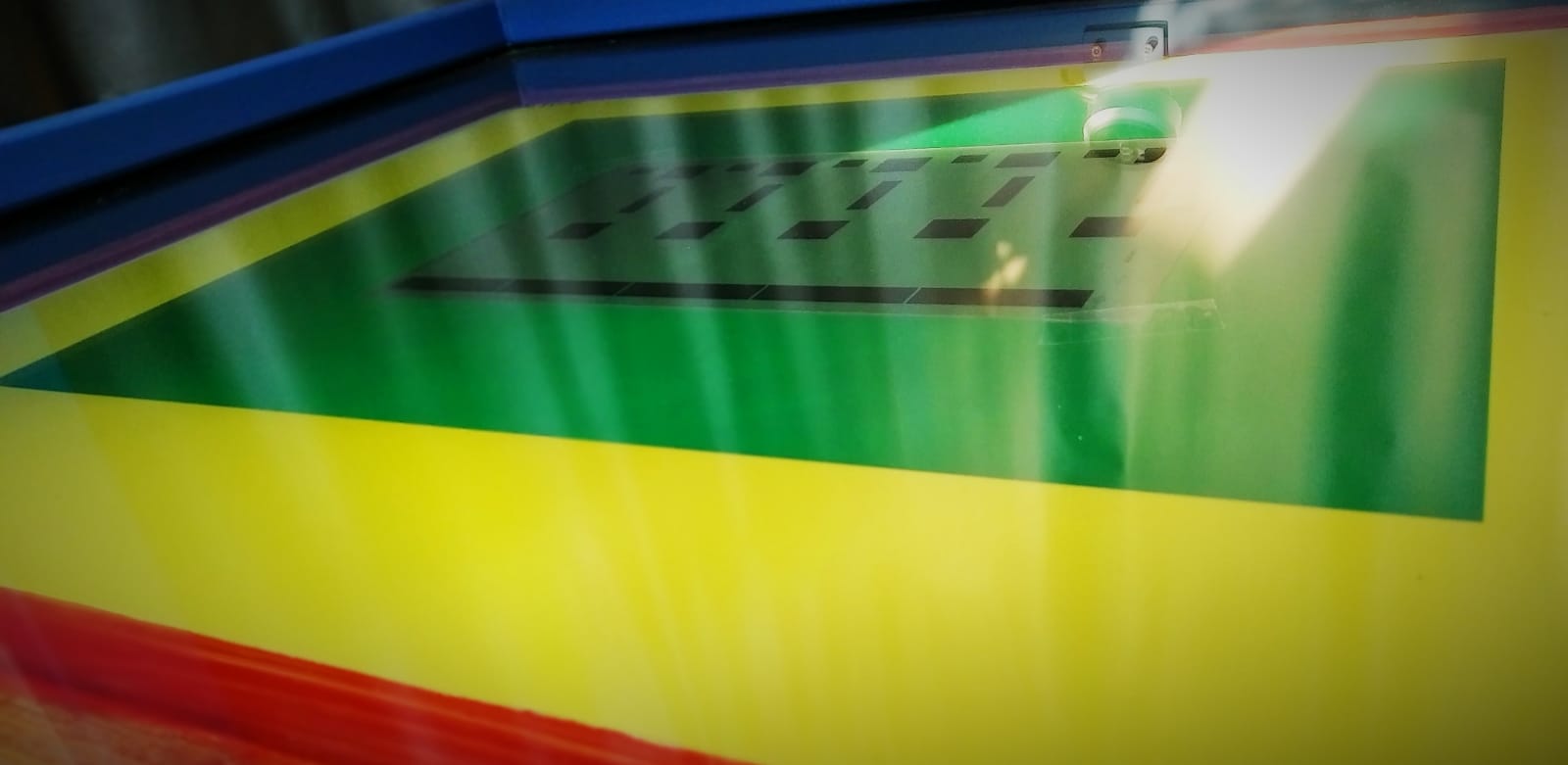- Home
- Products
- Plate mounting tape
- Doctor Blade for Flexography
- Graphic Arts Ink Cleaners
- Tint sleeve
- Anilox cylinder
- Anilox cleaning products
- Printing, magnetic and rubberised cylinders
- Seaming solvent – Shrink sleeve
- Band cleaner
- End seals
- Screen printing squeegee
- Transfer paper
- Hot Melt Adhesives
- Automatic cleaning equipment for flexo printing
- Screen printing cleaning equipment
- Silk-screen printing machine
- Printing techniques
- News
- Our Team
- Contact
- Home
- Products
- Plate mounting tape
- Doctor Blade for Flexography
- Graphic Arts Ink Cleaners
- Tint sleeve
- Anilox cylinder
- Anilox cleaning products
- Printing, magnetic and rubberised cylinders
- Seaming solvent – Shrink sleeve
- Band cleaner
- End seals
- Screen printing squeegee
- Transfer paper
- Hot Melt Adhesives
- Automatic cleaning equipment for flexo printing
- Screen printing cleaning equipment
- Silk-screen printing machine
- Printing techniques
- News
- Our Team
- Contact
- Home
- Products
- Plate mounting tape
- Doctor Blade for Flexography
- Graphic Arts Ink Cleaners
- Tint sleeve
- Anilox cylinder
- Anilox cleaning products
- Printing, magnetic and rubberised cylinders
- Seaming solvent – Shrink sleeve
- Band cleaner
- End seals
- Screen printing squeegee
- Transfer paper
- Hot Melt Adhesives
- Automatic cleaning equipment for flexo printing
- Screen printing cleaning equipment
- Silk-screen printing machine
- Printing techniques
- News
- Our Team
- Contact
- Home
- Products
- Plate mounting tape
- Doctor Blade for Flexography
- Graphic Arts Ink Cleaners
- Tint sleeve
- Anilox cylinder
- Anilox cleaning products
- Printing, magnetic and rubberised cylinders
- Seaming solvent – Shrink sleeve
- Band cleaner
- End seals
- Screen printing squeegee
- Transfer paper
- Hot Melt Adhesives
- Automatic cleaning equipment for flexo printing
- Screen printing cleaning equipment
- Silk-screen printing machine
- Printing techniques
- News
- Our Team
- Contact

